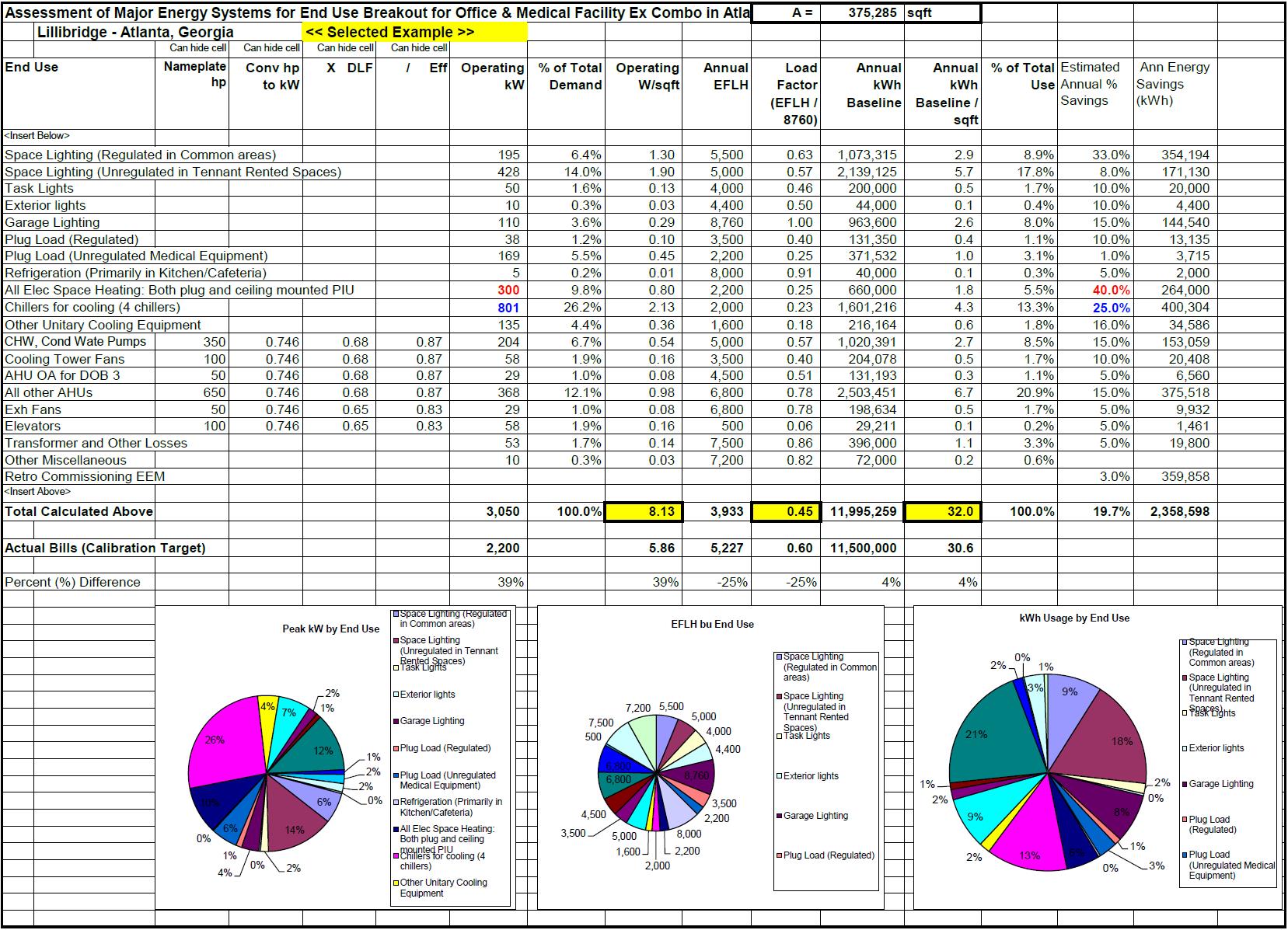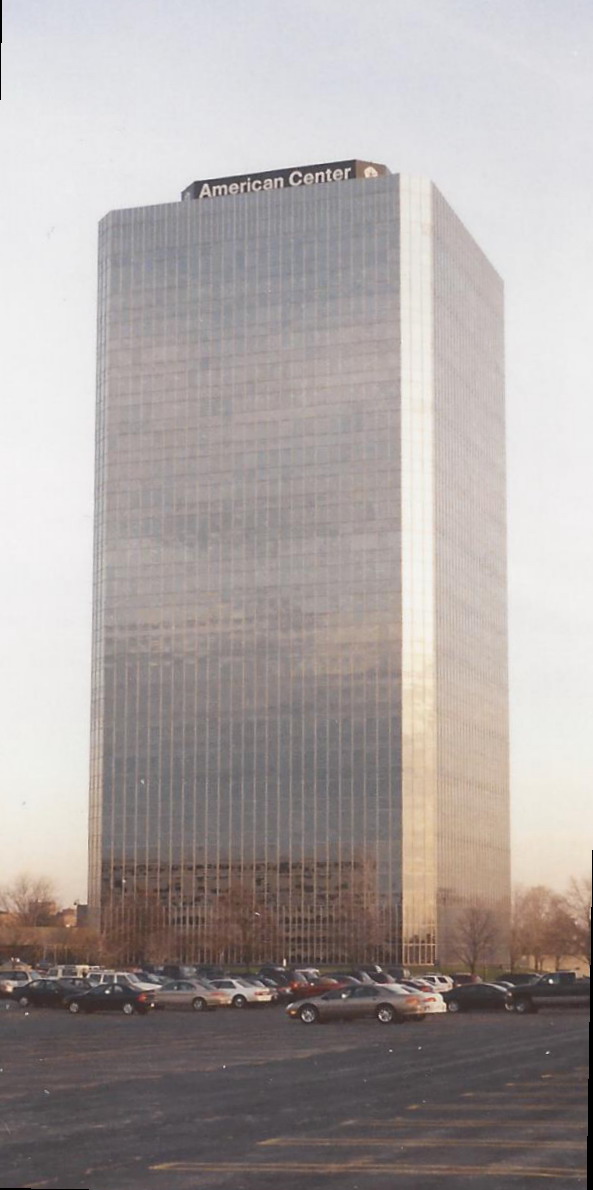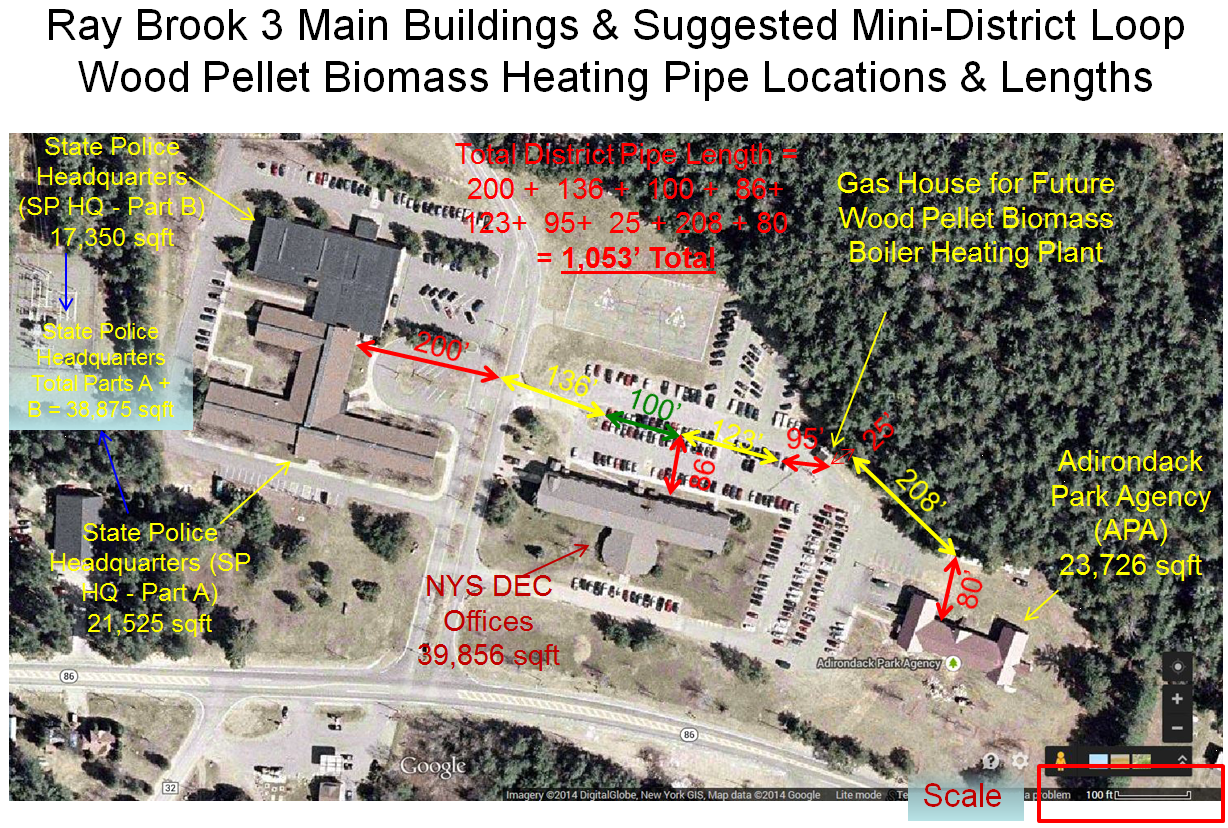Examples of successful trainings and presentations include but are not limited to:
- Leadership in Energy Audits.
- Leadership in Commissioning (Cx).
- Development of baseline calibration, end use break out & savings reality checks simplified spreadsheet tool.
- Leadership in Measurement and Verifications (M&V) and Commissioning (Cx).
- Trainings in support of advanced biomass heating systems and varying other related building/system topic.
- Non-Electric Cooling.
- Other Topics.
Leadership in Energy Audits
Pyramid EES’ founder, has demonstrated leadership in Energy Audits and has authored a three-part training presentation and materials titled “Introduction to Energy Audits and Relevant Energy Efficiency Topics; what to do before, during and after the energy audit?” for energy auditors.
This was presented at the New York Capital District 2009 Engineers Week Seminar Program on February 05, 2009. It was used to train engineers, technicians and energy auditors.

The author has extensive experience with large central/district chilled water plants (Electric, Non-Electric & Hybrid), Demand Response, and District Heating Plants (Steam & Process Hot Water). Experience covered large commercial and industrial customers, several Manhattan high-rise towers, hotels, bank headquarters, residential complexes, airports, large industrial complexes and several university campuses in the Northeast.
Leadership in Measurement and Verifications (M&V) and Commissioning (Cx):
- Authored a three-part training titled “How the Energy Measurement and Verification (M&V) Process Benefits the On-Going Building Commissioning and Troubleshooting Activities”. This provides practicable and hands-on M&V and Cx training material and procedures to building energy professionals based on actual field and office expertise and experience. This was presented and was well received at the New York Capital District Engineers Week Seminar Programs starting from Feb 14, 2014, and afterwards and elsewhere as needed.
- Prepared a comprehensive “Guide for Measurement and Verification of Wood-Heating Systems” to NYSERDA as NYSERDA Report 16-13, completed June 2016. The purpose of this guide was to provide support for engineers on developing high-efficiency, low-emission (HELE) biomass heating technologies in New York State. The information provided in this document explains how to plan and implement a successful measurement and verification (M&V) program to help ensure the development of well-designed, well-operated, and well-maintained HELE biomass heating systems. A simpler and shorter 30-Page summary of the 96-Page Guide was also made available to contractors on numerous projects afterwards and elsewhere as needed. https://www.nyserda.ny.gov/-/media/Project/Nyserda/Files/Publications/Research/Biomass-Solar-Wind/16-13-MV-Guidance-Wood-Heat-Systems.pdf
- This was followed by an M&V focused presentation titled “Critical Measurements to Verify Operation of Biomass Boiler Heating Systems” presented on May 10, 2018 at the NYSERDA RHNY Seminar & Training Series from the Albany, NY NYSERDA HQ Offices. It was also presented afterwards and elsewhere as needed. This included: (1) Introduction to the four International Performance Measurement and Verification Protocols (IPMVP) M&V options, (2) Establishing an energy baseline, procedures and benefits, (3) provided examples of critical measurements required to assess the performance of biomass heating systems (and other hybrid and/or dual fuel integrated MEP systems), as well as (4) Lessons learned from the trenches and M&V data collection and analyses for enhancing system operation. AIA Approved Course Number: HVAC-01/2018. Provider Number: 1034 (NYSERDA), Credits: 1.0 LU (or 1.0 PDH).
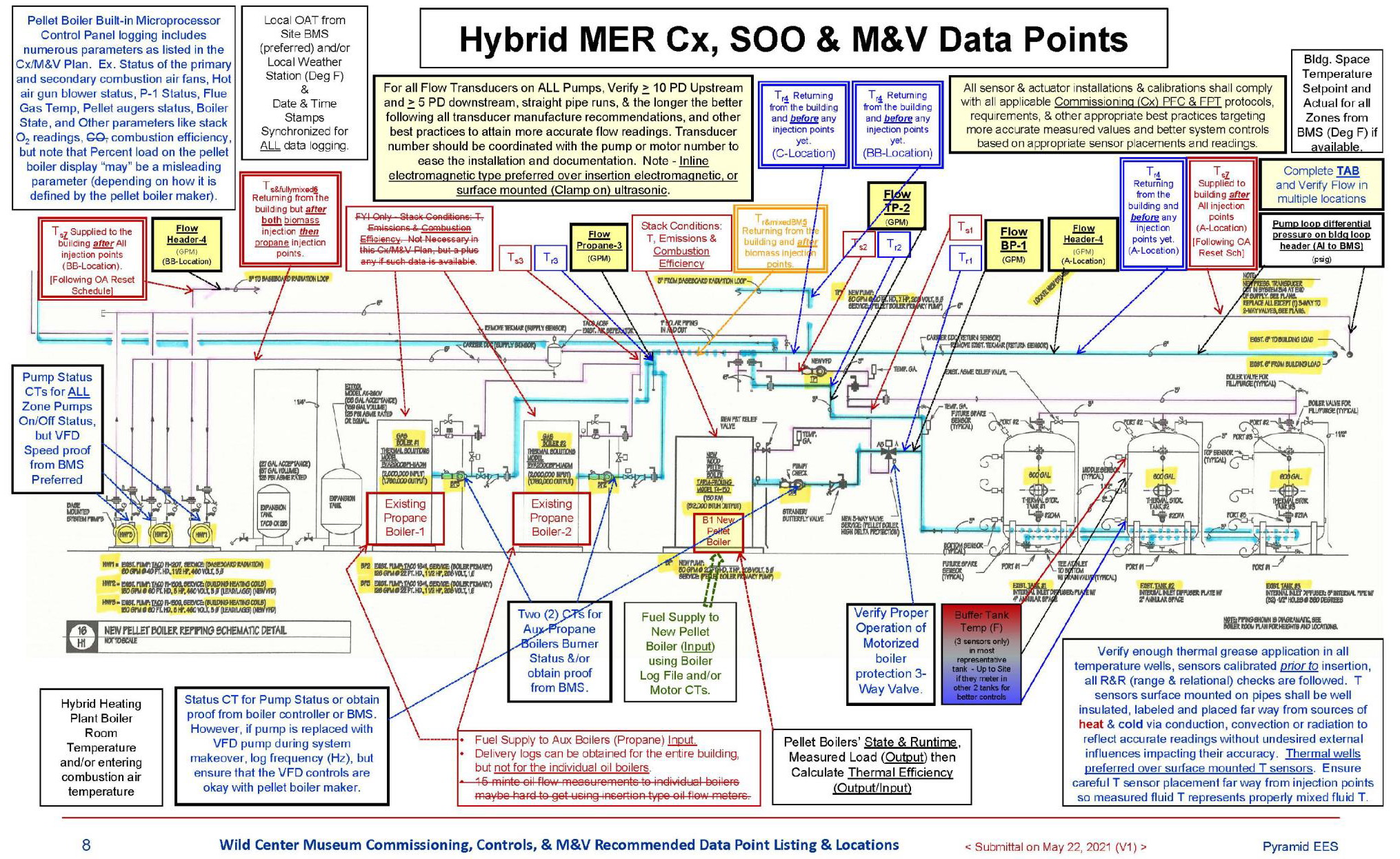
Leadership in CHP & CCHP
- As a result of many years of CHP & CCHP technical assistance, feasibility, and consulting support experience, Yousef prepared a three-part comprehensive and educational CHP training material titled “CHP & CCHP (Cogeneration & Trigeneration) Fundamentals, Analysis and Lessons from the Trenches” to provide CHP & CCHP training material and procedures to colleagues and CHP project developers. Presented in-house to train SAIC colleagues and presented at the New York Capital District 2013 Engineers Week Seminar Programs starting from Feb 15, 2013 (Albany, NY), and afterwards and elsewhere as needed. This presentation qualified for 1.0 Professional Development Hour (PDH) for attending Professional Engineers (PEs). Both the training and self-developed CHP analytical tools (explained earlier in this CV) supported numerous colleagues and supported varying in-house CHP projects while at SAIC.
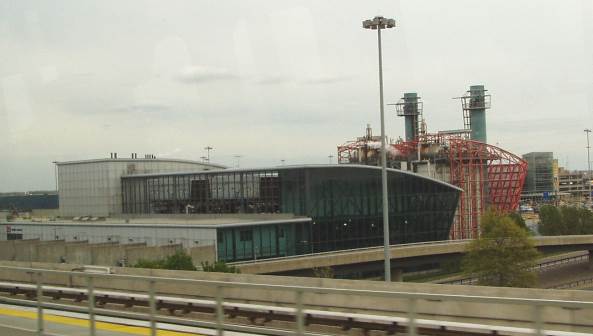
Training in support of advanced biomass heating systems and varying other related building/system topic:
During 2014 to 2015, Pyramid EES’ founder authored three multiple presentations addressing many biomass and other topics including but not limited to:
- Mr. Yousef both chaired the session titled “Designing Successful Biomass Projects” and spoke at the session titled “Verifying the Performance of Advanced Biomass Heating Systems” at the Advanced Energy Conference that was held in Albany, NY on April 28 and 29, 2014.
- Prepared and delivered a comprehensive 1 ½ day training course titled “Biomass System Training for Proper Sizing, M&V, Cx, Controls Integration, Feasibility Analysis, Energy Audits, Load Reduction EEMs: Lessens from the Trenches, and Other Relevant Energy Efficiency Topics”. 288 slides presented on October 29 & 30, 2014, Albany, NY, in support of the rollout of the RHNY program. Biomass Training M&V, Cx, Sizing, Controls, EEMs& Other Topics – Pyramid EES Handouts 20141218 V4a (288 Slides) 1 Slide PP
- Prepared and presented an 84-slides 1-hour ultra-condensed version at the New York Capital District Engineers Week Seminar Program on February 26, 2015; titled “Introduction to Properly Sized Advanced HELE (High-Efficiency, Low-Emission) wood-pellet based Biomass Boiler Heating Systems and the Renewable Heat New York (RHNY) Governor’s Initiative”.
- Depending on the presentation type, varying attendees included biomass heating system manufacturers, installers, design engineers and architects, pellet suppliers, industry members, researchers, members of the legislature or their staff, policy makers from the Governor’s Office, NYSERDA implementation services and R&D staff, and others engaged in the high-efficiency biomass heating industry. Through continued intense consulting, research and training, numerous take home messages and best practices were communicated to the biomass industry stakeholders who are in great need for such continuing education, training and advisory.
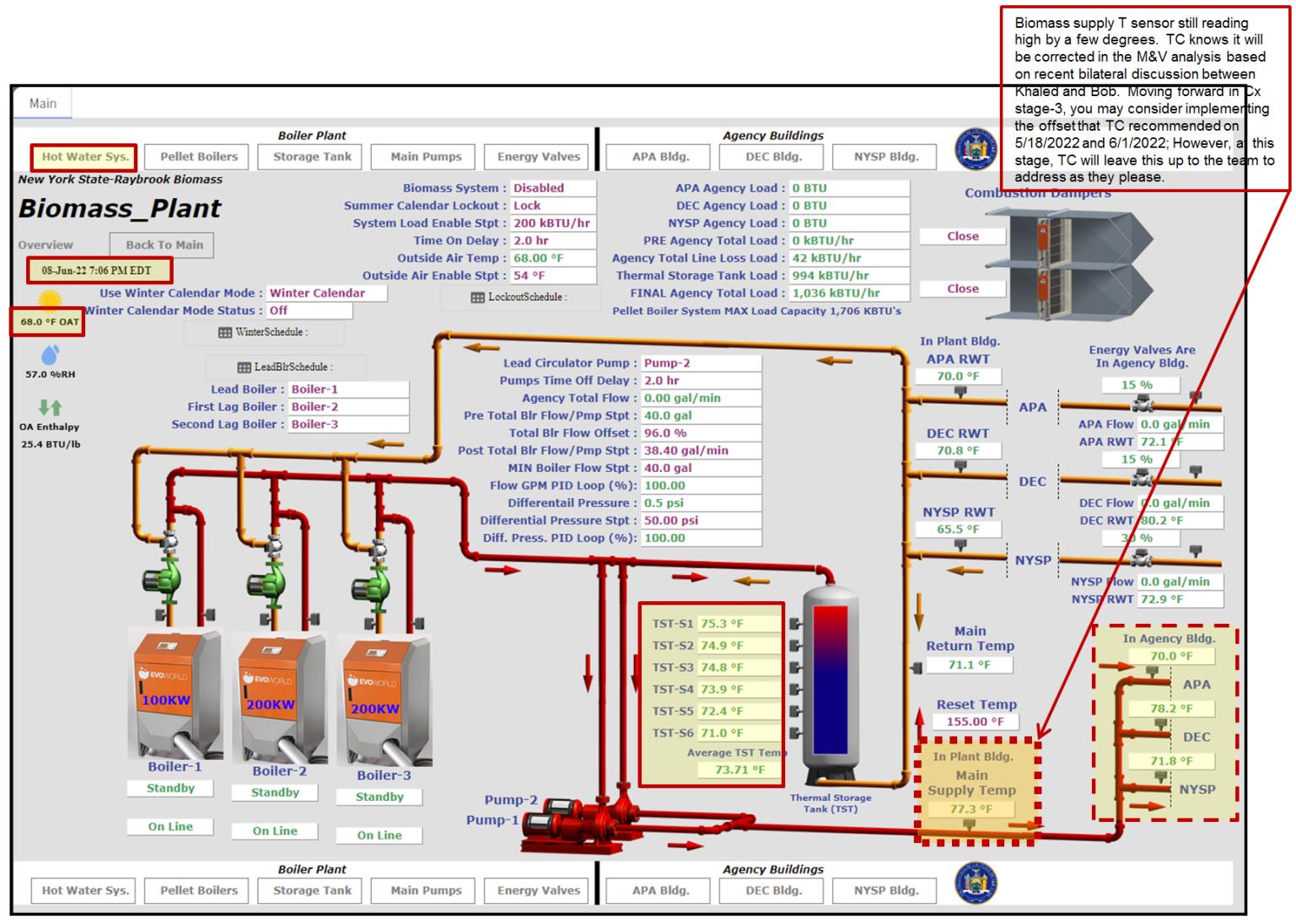
Leadership in Advanced Biomass Heating Systems, Independent Technical Feasibility Studies (TFS), System Sizing, District Heating Systems, Hot Water and Steam Storage, Controls and Systems Integration Advisory, Energy Audits and Varying other Support Services: Multiple benefits were illustrated in several projects during 2013 through 2015 including, but not limited to:
- “Technical Feasibility Study of a High-Efficiency, Low-Emissions, Wood Pellet-Fired District Heating Loop at the New York State Office Complex at Ray Brook, NY”. Identified 75 EEMs for the purpose of developing a showcase biomass heating project at the NYS Governor’s lead by example project, connecting Adirondack Park Agency (APA), NYS Police (NY SP), NYS Department of Environmental Conservation (NYS DEC) buildings. All three buildings totaled 102,457 ft2.
- After completing the above study, the project was successfully constructed, inspected, commissioned twice, operated and maintained spanning during the 2019 to 2023 timeframe.
- “Independent Technical Review, Assessment and Recommendations pertaining to the Prelim Analysis for an Engineering Study to Evaluate and Specify a District Heating Loop for the Village of Tupper Lake, NY”.
- “Energy Engineering, TFS & Other Support Services of an Integrated Wood Pellet-Fired Steam Boiler, Steam Accumulator and other EEMs at the Town of Chester Municipal Building at Chestertown, NY”. This was the first of its kind study as it addressed steam storage with small to mid-size steam biomass boilers by using a wet phase change vertical steam accumulator tank as opposed to dry storage.
ASHRAE National Conference Contributions:
- Prepared and delivered a presentation titled “Role of Thermal Storage in Solving Emissions and Building Overheat Problems with Wood-Fired HVAC” – Presented as part of ASHRAE Seminar 42 – Heat and Cooling with Woody Biomass for Sustainable and Resilient Buildings and Communities (June 28, 2016: 11:00 AM – 12:30 PM, ACCC, 223) ASHRAE 2016 Annual Conference in St. Louis, Missouri.
- Prepared and delivered several versions of the training course titled “Numerous Lessons Learned from Biomass Heating System Commercial Installations in New York State”. Shorter versions were presented at the ASHRAE Albany, NY programs, and the ASHRAE 2018 National Winter Conference in Chicago, IL on January 24, 2018, delivered at ASHRAE Seminar 53: “Biomass Hydronic Heating: Achieving High Performance Systems in Residential and Commercial Applications” (as a continuation to the national ASHRAE presentations), while longer and in-depth versions were used to train NYS design engineers, contractors and project developers on how to build successful sustainable projects.
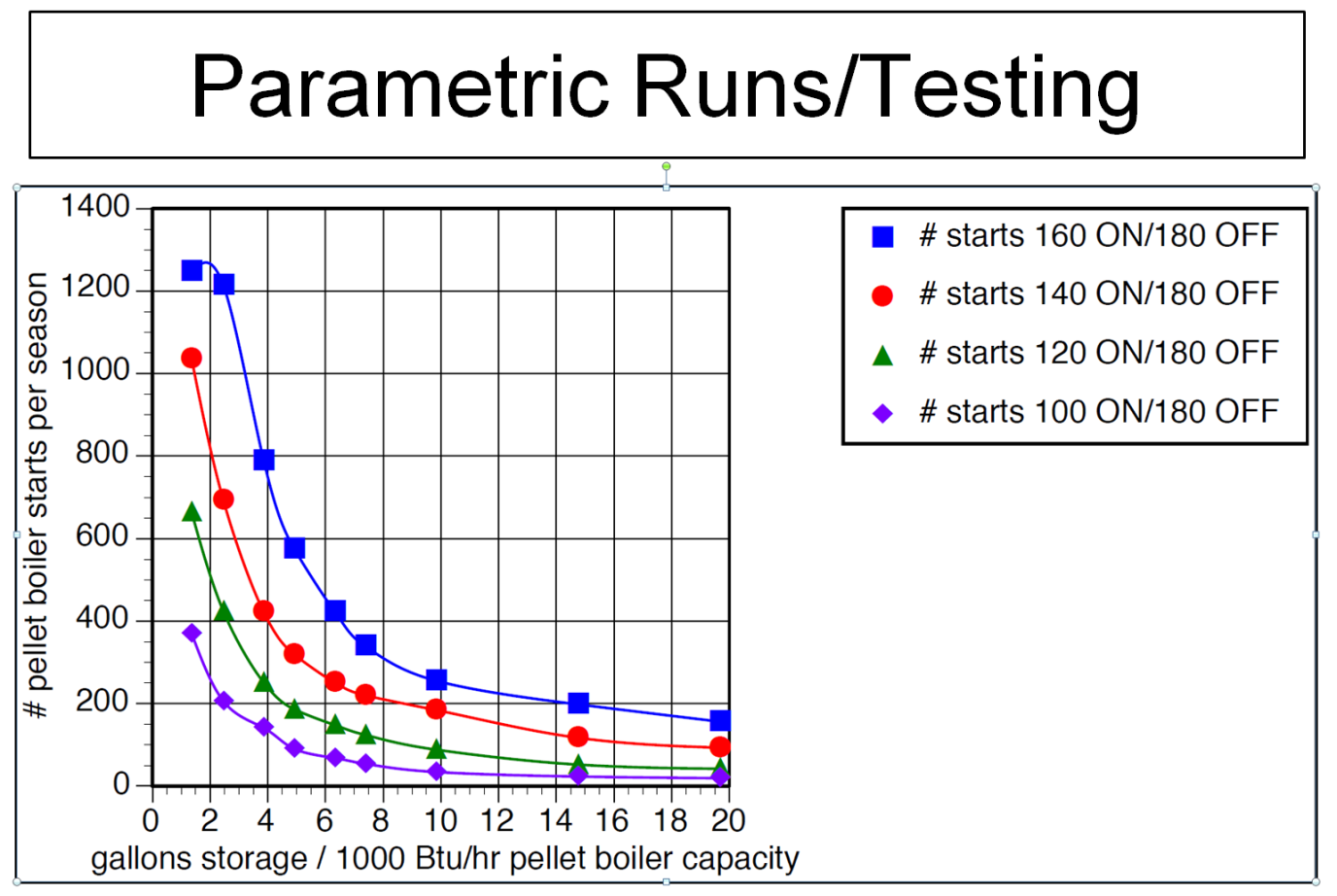
Selected In-house Developed Examples of Energy and Economic Analysis Tools:
Developed CHP & CCHP Analytical Tools – Mr. Yousef developed his own in-house CHP and CCHP analytical spreadsheet based tools. This development was in the form of an evolution over many years and many projects, even including complex utility rate structures and TCO (total cost of ownership) calculations. That was supported by his long experience in the field and completing in-depth CHP system analyses, depending on the project work scopes, budgets, and customer requirements.
Developed a baseline calibration, enduse breakouts & savings reality checks simplified spreadsheet tool to support customers and colleagues’ energy analyses in numerous projects – That was in support of customers with large portfolios and varying building types ranging from commercial office buildings, hospitals, to big box retail stores. That was also in response to industry feedback regarding the significant amount of time it takes to create and calibrate DOE-2 and/or eQUEST computer simulation models. Therefore, Mr. Yousef developed a set of Simplified “baseline calibration, enduse breakouts & savings reality checks simplified spreadsheet tool”. This development was in the form of an evolution over many years supported by his long experience in the field and his ability to continually compare detailed computer simulation model results for many enduses serving varying building types and sectors to his simplified and transparent tool analysis Comparisons also included more in-depth data analyses depending on the project work scopes, budgets, and customer requirements.
-
- The tool provides simpler and more cost-effective means to develop an energy baseline for an existing facility (or group of buildings) and more easily calibrate or reconcile to existing energy bills via a feedback/iterative process. The tool focuses on a fairly expert application of simplified engineering equations and procedures to compute/predict the energy usage and demand from major enduses. That includes but is not limited to: lighting (exterior, interior, task), plug loads of varying types (regulated and unregulated), refrigeration, fans (ventilation and exhaust), space cooling, cooling of varying types of equipment, space heating, vertical transportation, other miscellaneous processes, horizontal conveyance/transportation applications, transformer losses, pumping (primacy, secondary, and tertiary) condenser fans, cooling tower fans of varying types, air compressors, other BOP, The tool can also be customized to provide enduse breakout for buildings with unitary HVAC equipment, vs. central plant equipment, vs. large district heating and cooling plants.
- This provides the energy auditor and/or energy analysis team with a “transparent” energy usage and demand baseline (instead of black box generated from a lengthy computer simulation program). This fairly reliable baseline can be used to base savings from. The tool indicates enduses with the highest energy usage intensity (kWh/sqft/year) vs. end uses with the highest electric demand intensity (Watt/sqft) and key figures of merits. It also determines demand diversity factor and operating EFLH (equipment equivalent full load hours). Looking at EUI (energy use or utilization indices in separate vs. combined kBtu/sqft/year figures) in a normalized fashion eases the comparison of different facilities in the same usage group or serving the same customer. Ultimately, this provides preliminary evaluations of the energy health and ranking of the facilities under examination.
- Having a simplified and transparent baseline also eases the process of predicting energy and demand savings in a simple yet reliable manner and within fair level of accuracy. A few tests have been conducted were detailed eQUEST simulation results were within fair proximity to the simplified tool outputs. Yousef has completed a lot of on-the-job training for colleagues while with SAIC during the process of examining the reasonableness and accuracy of eQUEST computer simulation model results at varying projects covering both existing and new construction.
- Highlighting the strength and objective of the tool is its simplicity, speed, low cost, transparency, and reasonable calibration and prediction techniques. The drawback is that the user needs to have a decent level of building system knowledge/experience and the ability to use his/her experience to estimate/determine certain figures of merits (from limited building information) to be able to use the simplified tool intelligently and effectively. Therefore, although it is a simple tool, it still requires fairly experienced users, or mid-level engineers who have been well trained to use the tool effectively through numerous real-life examples.
- Yousef offers such training workshops in house and for interested customers. Tool users had provided outstanding feedback about how beneficial this was for their projects as it generated a clear and transparent picture of the building or complex enduse energy parameters with a reasonable level of analytical reliability.
